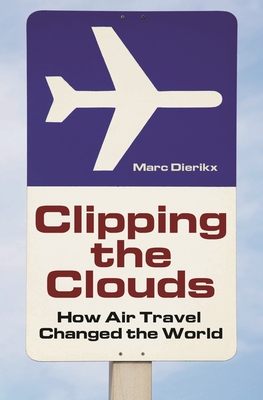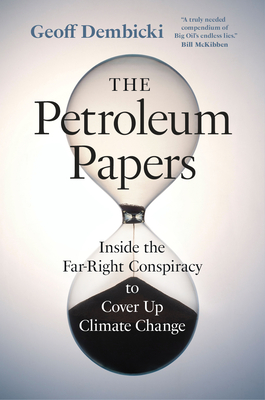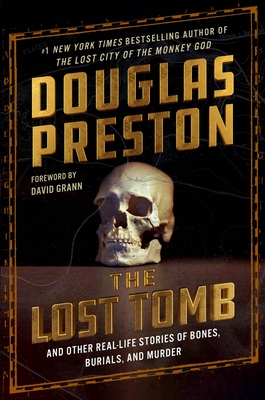
Clipping the Clouds: How Air Travel Changed the World (Moving Through History: Transportation and Society)
Description
Mixing in elements of pop culture, Dierikx provides a chronological history of the evolution of air travel. He covers the significant challenges and developments in air transportation for a specific period, starting with how and why aviation came to play an important role in international politics and economic relations. He follows with an examination of how improvements in technology influenced existing concepts of distance, created new travel patterns, and what effect the growth in numbers of passenger and cargo had on air transportation. Finally, Dierikx looks at how airlines have become increasingly detached from national interests and state control, concluding with an overview of the current state of air travel, and a description of the role air transportation played in the creation of a global society.
At the beginning of the twenty-first century, it is difficult to imagine our world without aircraft. Airplanes are everywhere, and rapid air transport has become one of the necessities of our time. Yet one of the peculiarities of powered flight is that it has stayed in the public focus for over a century. Clipping the Clouds looks at the history of aviation in a challenging new way, covering not just the technology, but the way aviation has interacted with society since its very beginnings.
Mixing in pop culture--each chapter opens and closes with an excerpt from a movie that depicts elements of air transport illustrating the chapter's theme--Dierikx provides a chronological history of the evolution of air travel since 1919. He covers the significant challenges and developments in air transportation for each of four chronological periods, starting with how and why aviation came to play an important role in international politics and economic relations. He follows with an examination of how improvements in technology influenced existing concepts of distance, created new travel patterns, and what effect the growth in numbers of passenger and cargo had on air transportation. Finally, Dierikx looks at how airlines have become increasingly detached from national interests and state control, concluding with an overview of the current state of air travel and a description of the role air transportation has played in the creation of a global society.





